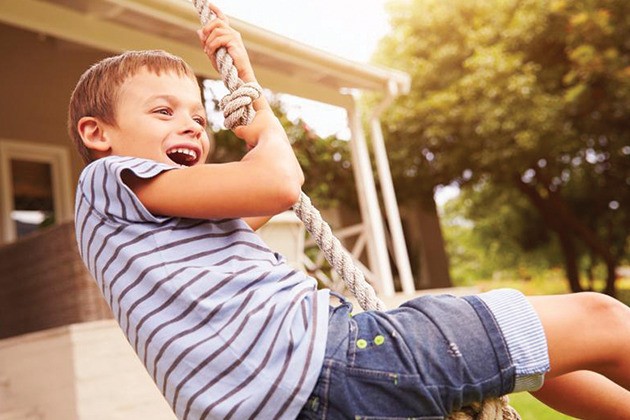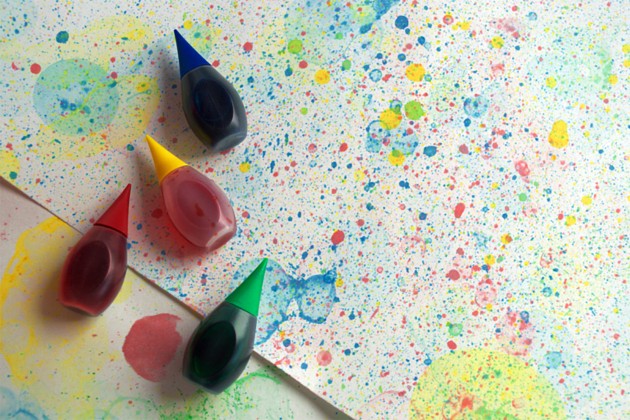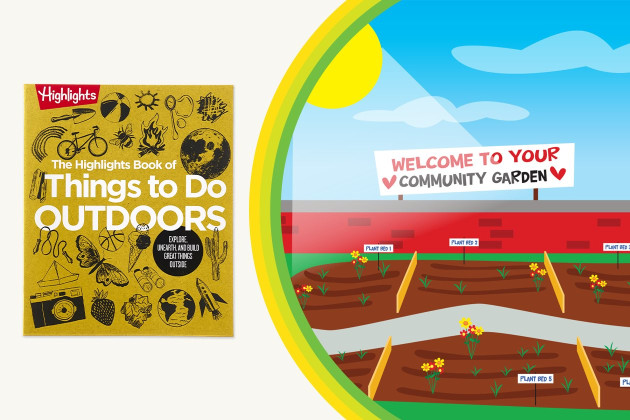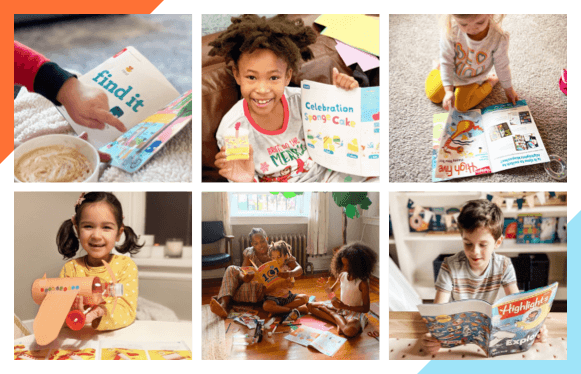Parkour Fun and Fitness for Kids
By: Catherine Holecko
What do you get when you combine sports, creativity and cool? Parkour is a trendy, new way to bring out the best in your kids.
If you find your kids parked inside too often, motivate them to get outside with parkour. The sport emerged in urban environments in the 1980s, inspired by military obstacle-course training. Participants dashed from one obstacle to another—navigating over, under and through them—with a liberal number of jumps, flips, leaps and rolls mixed in for good measure.
These days, parkour has gone mainstream. There are indoor parkour gyms that offer padded mats to practice moves safely. Many kids follow parkour videos on YouTube, or watch American Ninja Warrior, the super-souped-up version on TV.
If that all sounds like too much for your nerves to handle, don’t worry: parkour can be as safe as any physical activity your child takes on, and you can make your own, modified, family-friendly version right at home.
What’s Cool About Parkour
The attraction starts with that ninja vibe, but really there’s a lot more to it. It’s low- or no-cost, since it takes advantage of the existing environment. Kids can do it virtually anywhere and be inspired by whatever challenges are at hand.
In some ways, parkour is just a fancy name for the types of outdoor activities kids have been doing for generations: climbing trees, hopping from stone to stone across a stream, rolling down hills and jumping on and off rocks, picnic tables and ledges. But these activities feel fresh again, thanks to the parkour spin.
What Kids Get from Parkour Play
Under your watchful eye, parkour is safer than you might imagine. Kids can do it at home (again, where you can supervise), making it a handy alternative to organized sports. Plus, the benefits are big:
Strength and fitness
It takes muscle to climb a tree and agility to jump up onto a low ledge or retaining wall. This kind of physical activity gets kids using muscles they don’t call upon in other types of play.
Balance and focus
When kids walk along a log or railroad tie, they have to use balancing skills. And to do that successfully, they have to be focused on the task at hand (or at foot!).
Confidence, problem-solving and spatial skills
As kids navigate through parkour challenges, they have to think: How can I get from point A to point B safely? How should I move my arms/legs/hands/feet? How could I use that tree limb, rope or ladder to overcome this hurdle? What would make it more fun? Would this be better if I had a friend helping me? And then, once they’ve mastered the challenge, they realize: I did it! I figured it out!
Creativity and reasoning
When they experiment and explore during parkour play, kids learn to see things differently. A log is now a balance beam. Maybe a tuck-and-roll gets them across a space faster than running. Instead of following a strict set of rules, as they must do in organized sports, kids can explore at their own pace and in their own way.
Why a DIY a Parkour Course Works
Kids can practice parkour at home at any time and in any season. You may already have some challenges ready to go. These could be natural elements, such as rocks or trees, or manmade features, such as low walls or sturdy furniture. You might need to move some of them around or rewrite your family rules for backyard play, allowing some climbing or jumping that was previously off-limits. This new freedom will make parkour play even more appealing to kids. So take a look around.
If you have:
- Boulders, tree stumps, retaining walls, logs, sturdy furniture, hay bales or large tires: Your kids can jump on, off or over them, to boost strength and agility.
- Berms, hills or slopes: Your kids can run or roll up and down them, to boost flexibility and fitness.
- Logs, railroad ties, low ledges or scrap wood: Your kids can walk or run on them, to boost confidence and balance.
- Sturdy trees: Your kids can climb them to boost spatial skills, upper-body strength and confidence. (Note: Add cleats to help them get higher or hang a rope along the trunk so kids can use it to pull themselves up.)
- Benches, picnic tables or large cardboard boxes: Your kids can crawl under them, to boost agility and determination.
- A swing set or other playground equipment: Your kids can climb or swing from the top of the supporting bar to boost strength and power.
- A mini-trampoline: Kids can use it to clear bigger obstacles (like stacked hay bales) to boost confidence and focus.
Keep It Safe
Risk-taking is a big part of parkour’s appeal, and it’s also healthy for children. It improves physical fitness, social skills, creativity and resilience. Don’t be afraid to let kids experiment. The good news is that with backyard parkour, you have a lot of control (unlike, say, if your child is playing soccer and you’re stuck on the sidelines).
Also consider a class to help your child learn some basics, like how to jump, land and fall safely. Indoor parkour gyms offer kids’ classes or open gym time. YMCAs, community centers and gymnastics facilities may also have parkour classes especially for kids.
Whether to the pool, the playground, Grandma’s house or on vacation, you’ll find plenty of summer fun for kids. From hands-on summer activities for kids to their new favorite summer shirts and fun travel games to take along … let’s go summer!









